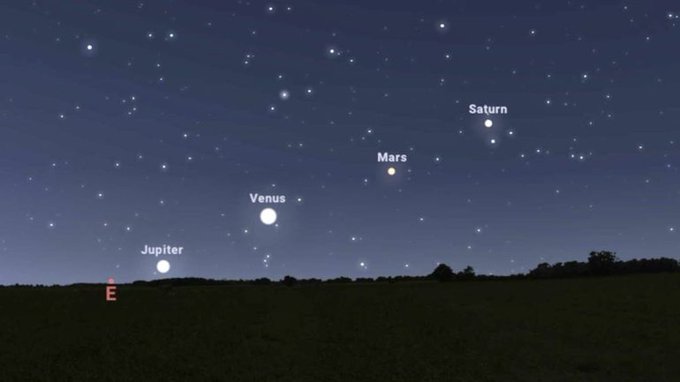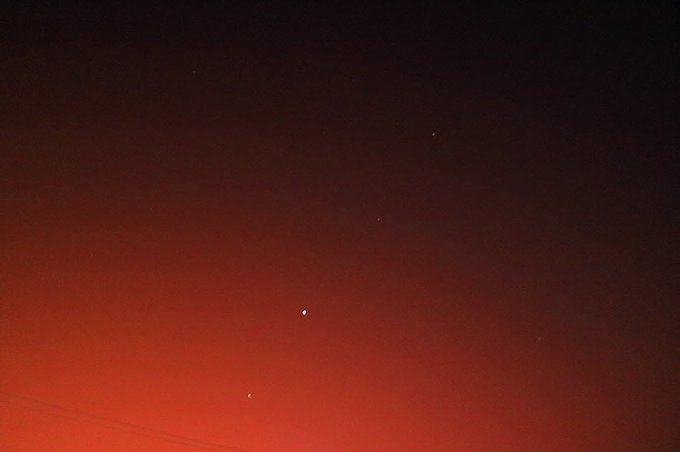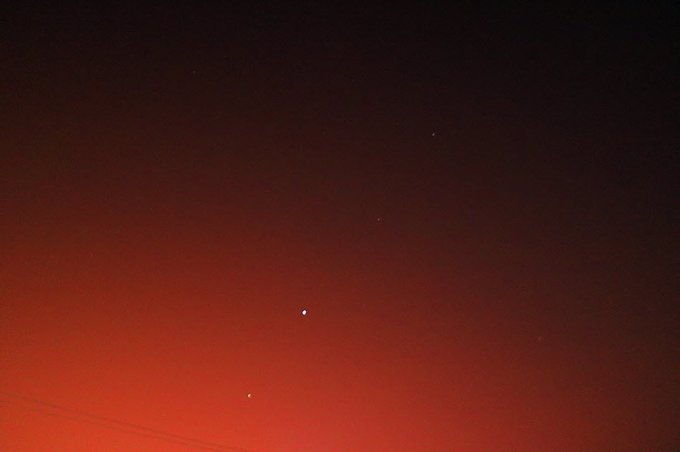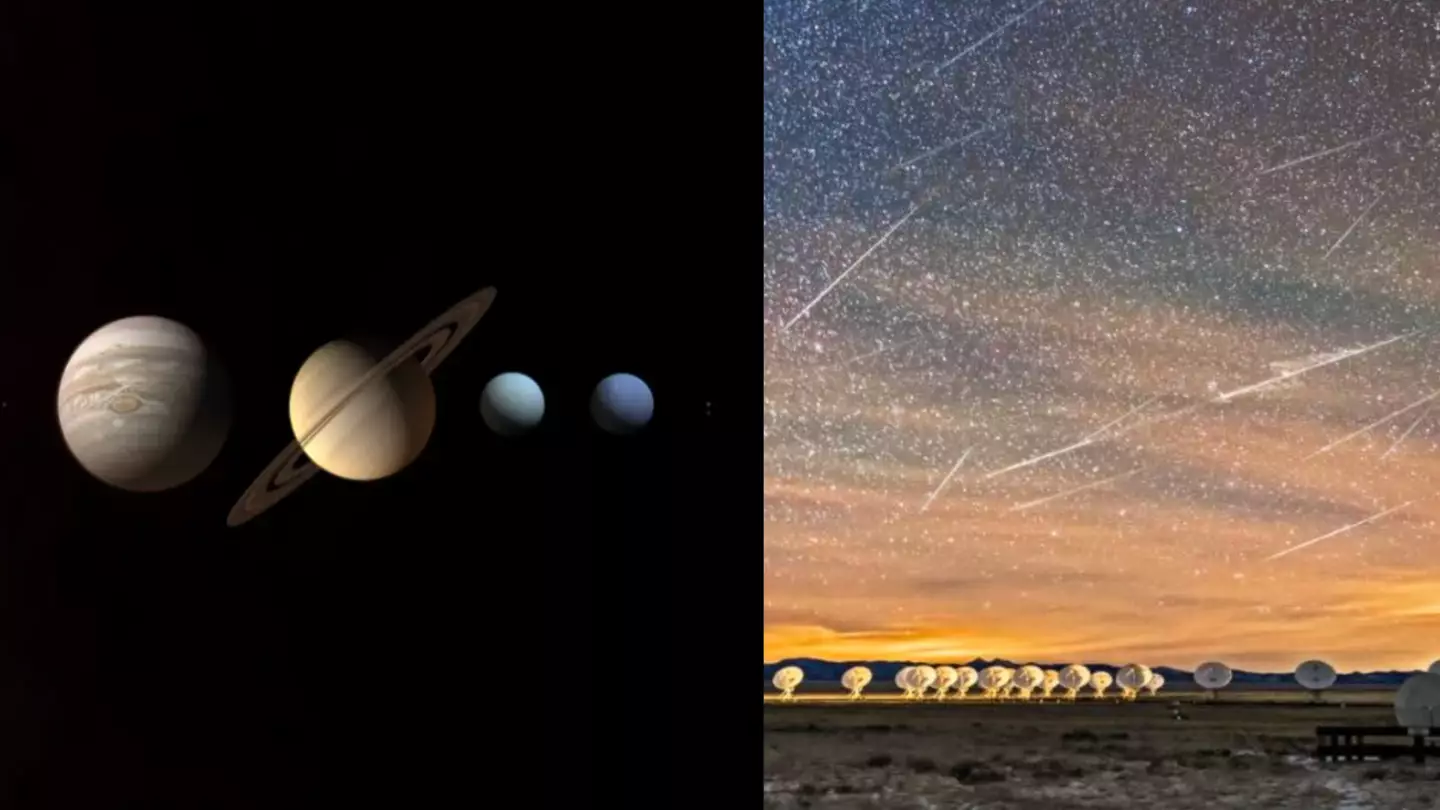
A planetary alignment is set to take place for the first time since 2020.
On the morning of Sunday, 24 April, four planets are set to align before dawn.
Alignments of this type last happened in 2005 and 2016, with five planets lining up in 2020.
Advert
The planets set to align in a couple of days are Jupiter, Venus, Mars and Saturn.
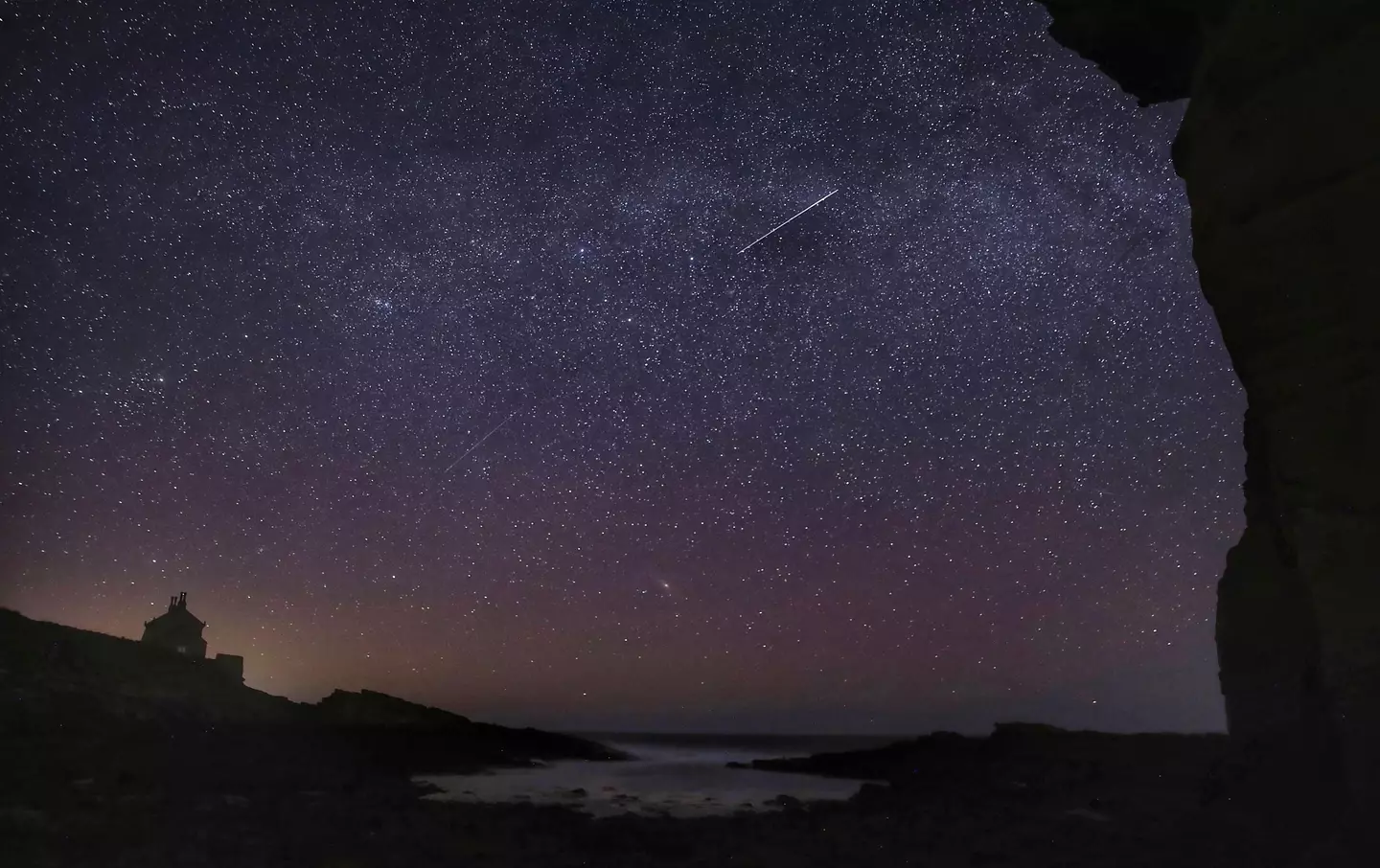
However, the planets aren't actually lined up in space, they just appear in such a formation from our position down on Earth.
These types of alignments are sometimes referred to as planetary parades.
Advert
The parade is also set to gain a fifth planet in mid-June.
Mars, Saturn and Venus have been aligned since the middle of March. In mid-April, Jupiter joined the line. Mercury will be the fifth planet to join in summer.
From Earth, the planet which you'll see lowest and positioned most to the left in the sky will be Jupiter.
Advert
Mars will fall below and to the left of Saturn as an orange dot.
Venus will be positioned to the left of Mars and even further below. It will be identifiable by its even brighter light.
While the planets won't sparkle like the stars around them, they'll still be able to be seen without any telescope or fancy equipment.
If you can't wait until then, you can also perch yourself outside or by a window in the early hours of Saturday, 23 April, because a Lyrid meteor shower is expected to take place with up to 18 meteors an hour.
Advert
The streaking light effect of meteor showers is caused by meteorites burning up after entering the Earth's atmosphere at speeds of around 43 miles per second.
The Thatcher Comet is responsible for these particular meteor debris. The comet has an orbital period of 415 years and is anticipated as coming back to the inner solar system in 2276.
While the Lyrids will be most visible and come to a peak on 22 and 23 April, they first began on 14 April, with a full moon having taken place on 16 April.
The Lyrid meteor shower will be visible across the whole sky, however your best bet is to go to an area with less light pollution such as more rural areas and somewhere with a clear view of the sky and no buildings blocking the view.
Featured Image Credit: AlamyTopics: Space

